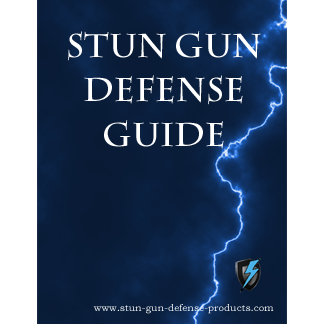Stun Gun Voltage vs. Amperage
Stun guns are designed to deliver high voltage with low amperage to incapacitate targets without causing significant harm. While voltage is responsible for penetrating the target's skin and overcoming resistance, amperage is what determines the physiological effects of the electric shock. All of the stun guns that we carry are considered high volatge and all are have an amperage regulated at or under 5 amps which is considered safe to use without affecting a normal human heart.
When discussing stun guns, understanding the difference between voltage and amperage is crucial for grasping their functionality and potential effects on the target.
- Voltage: Voltage refers to the electrical potential difference between two points. In the case of stun guns, it's the force that pushes the electric charge from one electrode to another through the target's body. Stun guns typically operate at high voltages, often in the tens of thousands of volts range. This high voltage is necessary to overcome the resistance of the target's skin and clothing, allowing the electric current to penetrate into the body.
- Amperage: Amperage, also known as current, is the rate of flow of electric charge. It's measured in amperes (A). Amperage determines the intensity of the electric shock delivered to the target. Despite the high voltage, stun guns usually deliver a low amperage, typically in the milliampere (mA) range or lower. While voltage provides the push, it's the amperage that actually does the work in affecting the nervous system and causing muscle contractions.





